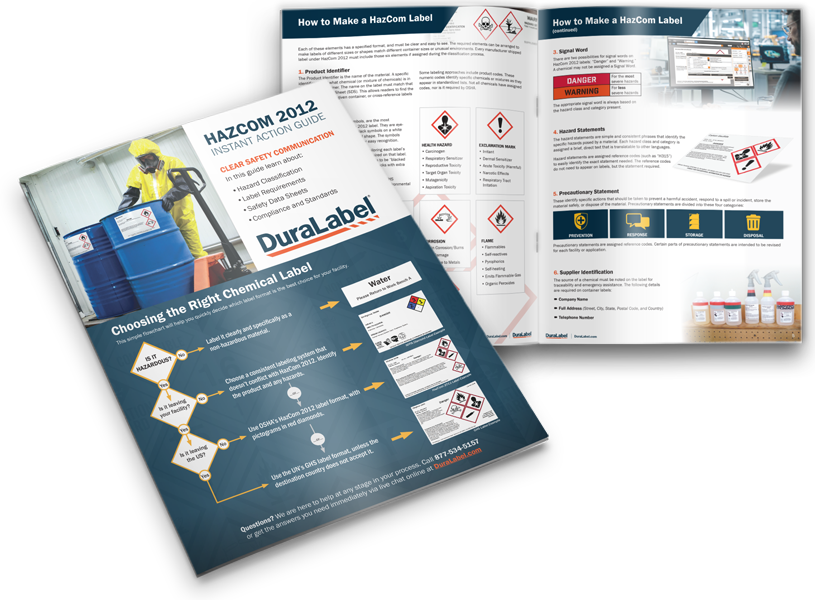
OSHA and the National Institute for Occupational Safety and Health (NIOSH) released the Hospital Respiratory Protection Toolkit, a resource for health care employers to use to protect hospital staff from respiratory hazards.
Respirators are used to protect against exposures to airborne transmissible infectious diseases as well as chemicals and certain drugs that may be used in healthcare settings. OSHA's Respiratory Protection Standard requires that health care employers establish and maintain a respiratory protection program in workplaces where workers may be exposed to respiratory hazards.
"Hospitals are one of the most hazardous places to work," said Assistant Secretary of Labor for Occupational Safety and Health Dr. David Michaels. "One of the ways that we can protect workers in a health care setting is by providing employers with the resources needed to ensure a safe workplace."
The toolkit covers respirator use, existing public health guidance on respirator use during exposure to infectious diseases, hazard assessment, the development of a hospital respiratory protection program, and additional resources and references on hospital respiratory protection programs.
"Appropriate respiratory protection is a vital line of defense against airborne hazards hospital workers might face on the job," said NIOSH Director John Howard, M.D. "This toolkit is an important resource to help health care employers ensure their workers are out of harm's way when it comes to respiratory hazards."
For more information about worker and patient health, visit OSHA's Worker Safety in Hospitals page.
Related Resources

Choosing PPE to Protect Against Poisons in the Workplace
Poisons and hazardous chemicals are present in nearly every industry. Farmers and agricultural workers may ...
Read
Occupational Exposure
The term "occupational exposure" refers to a potentially harmful exposure to hazards chemicals in the ...
Read
Hazardous Chemicals Overview
In the eyes of OSHA, hazardous materials run the gamut from household cleaners to deadly gasses. Effects can ...
Read.png)





